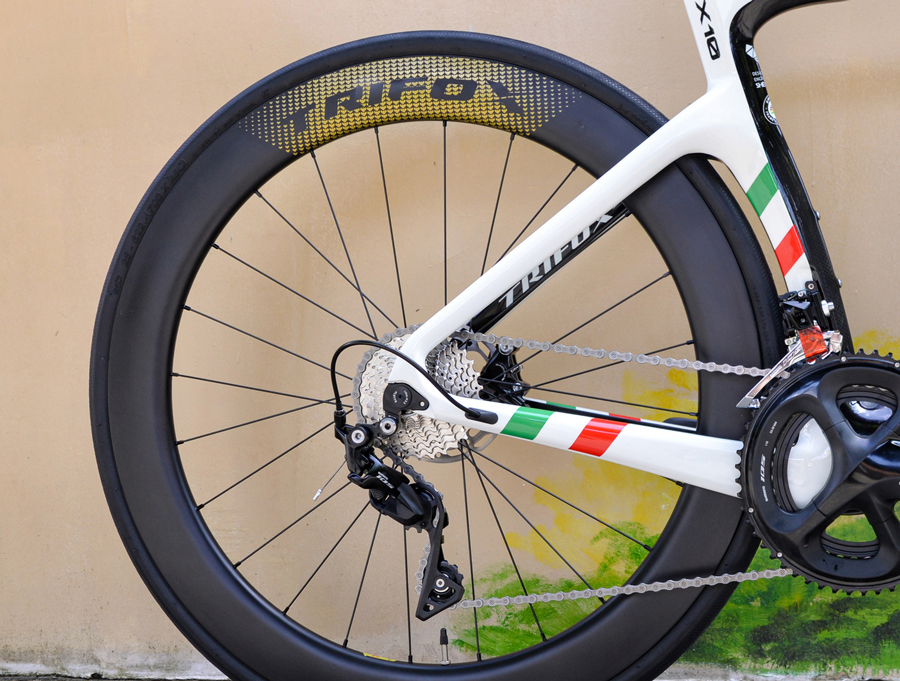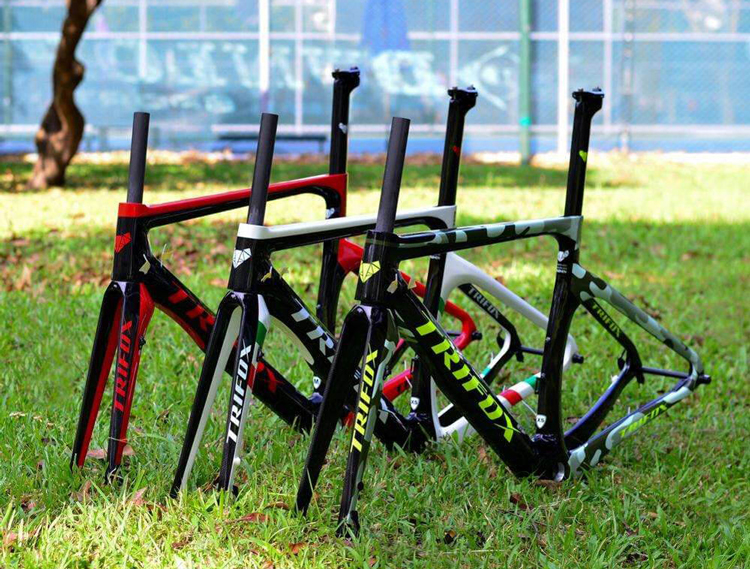As a cyclist, you know the importance of maintaining your bike's tire pressure. One way to ensure that your tires are inflated to the right level is by checking your valve stems. However, if you're not sure how long your valve stems should be, you're not alone.
1. Know Your Rim Profile
The first thing to consider when choosing valve stem length is your rim profile. The valve stem should be long enough to reach the base of the rim, but not so long that it is prone to bending or breaking. If you have deep section wheels, you'll need a valve stem with a longer extension than if you have shallow section rims.
2. Consider Your Tire Width
The width of your tire is another important factor in determining valve stem length. If you have wider tires, you'll need a longer valve stem to make it easy to access the valve for inflation and deflation. Conversely, if you have a narrow tire, a shorter valve stem can work well.
3. Take Your Valve Type into Account
Valve type is another critical factor to consider when choosing valve stem length. There are two main types of valve stems: Presta and Schrader. Schrader valves are typically found on mountain bikes, while Presta valves are commonly found on road bikes. Schrader valves have a wider diameter than Presta valves, so you'll need a longer stem if you have a Schrader valve.
4. Get the Best Fit with Measuring Tools
If you're still uncertain about the correct valve stem length for your bike, one way to determine the perfect fit is by using measuring tools. Use a caliper or ruler to measure the distance from the rim bed to the top of the valve hole, and add 10 millimeters to that measurement. This gives you the minimum length of valve stem you need to buy.

In conclusion, selecting the right valve stem length for your bike is essential for maintaining the correct tire pressure. To find the perfect length, you should consider your rim profile, tire width, valve type, and use measuring tools to get an accurate fit. It may take some trial and error to find the right valve stem length, but once you do, you'll be able to keep your bike's tires inflated and running smoothly.




















































































